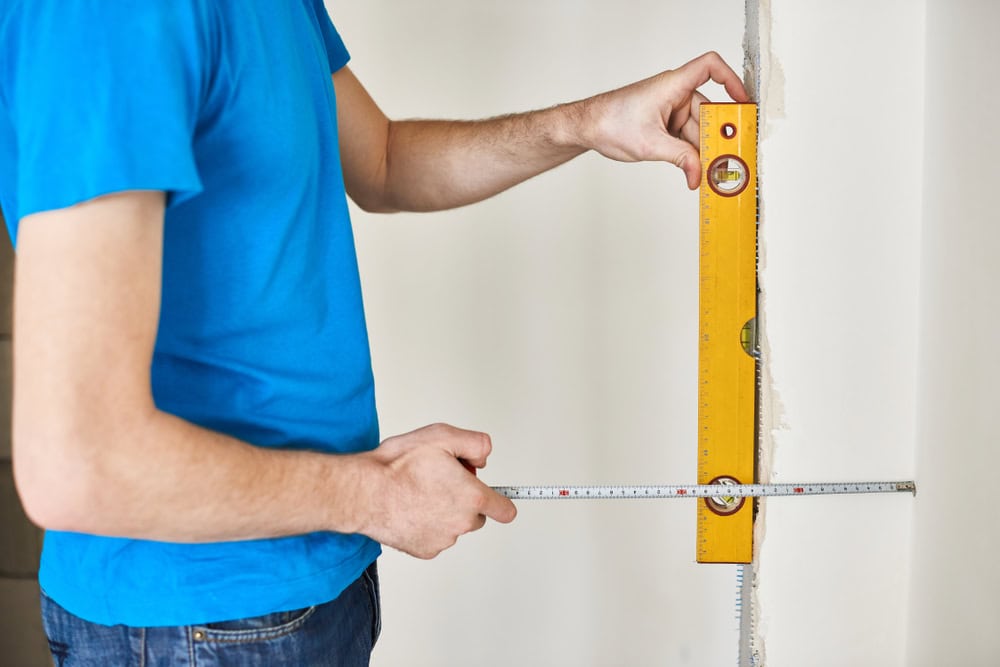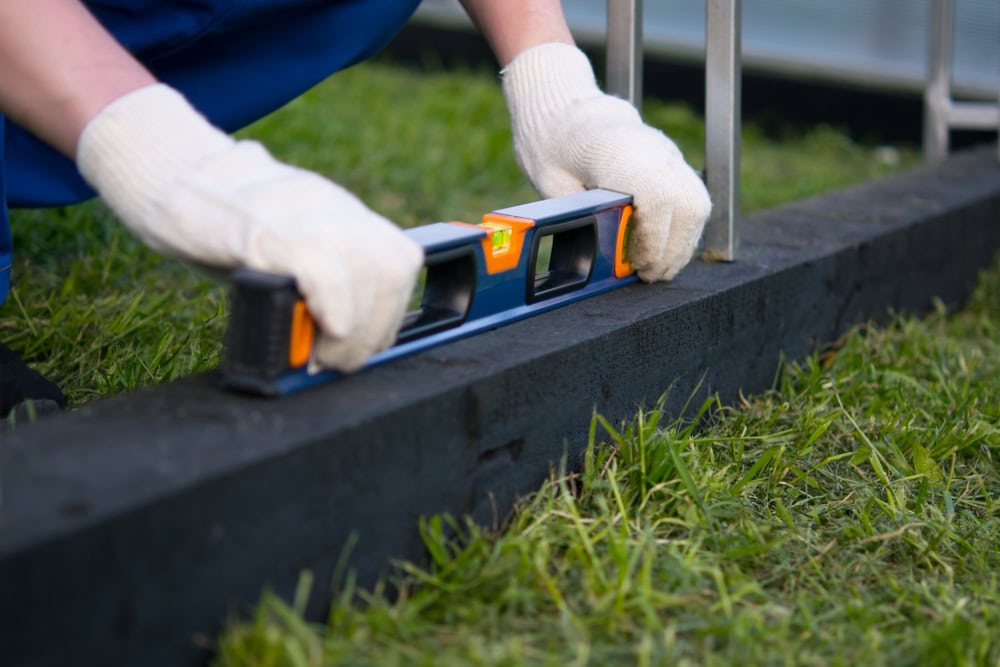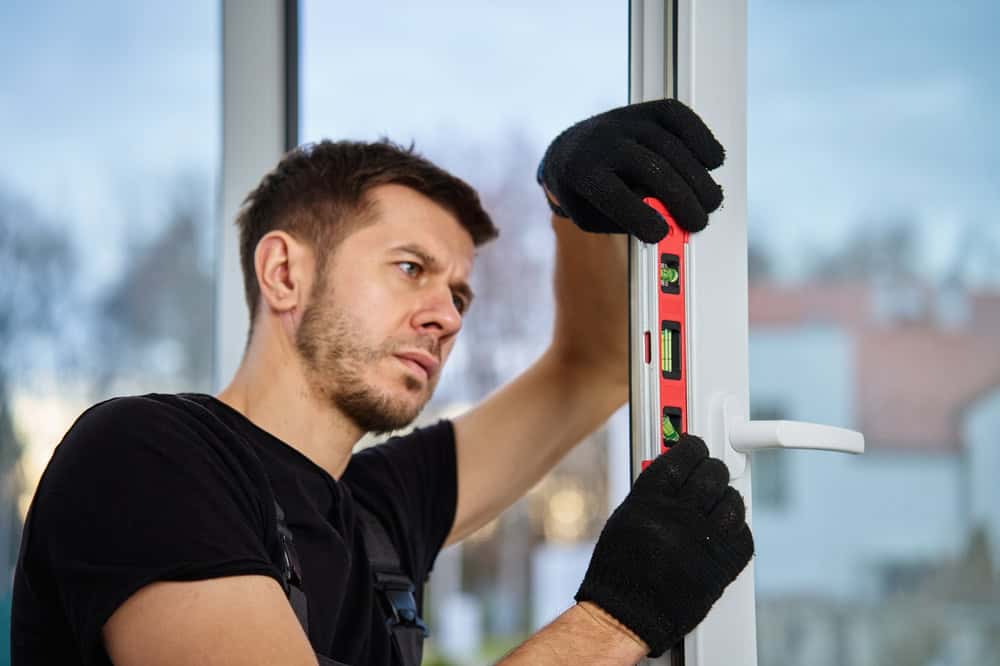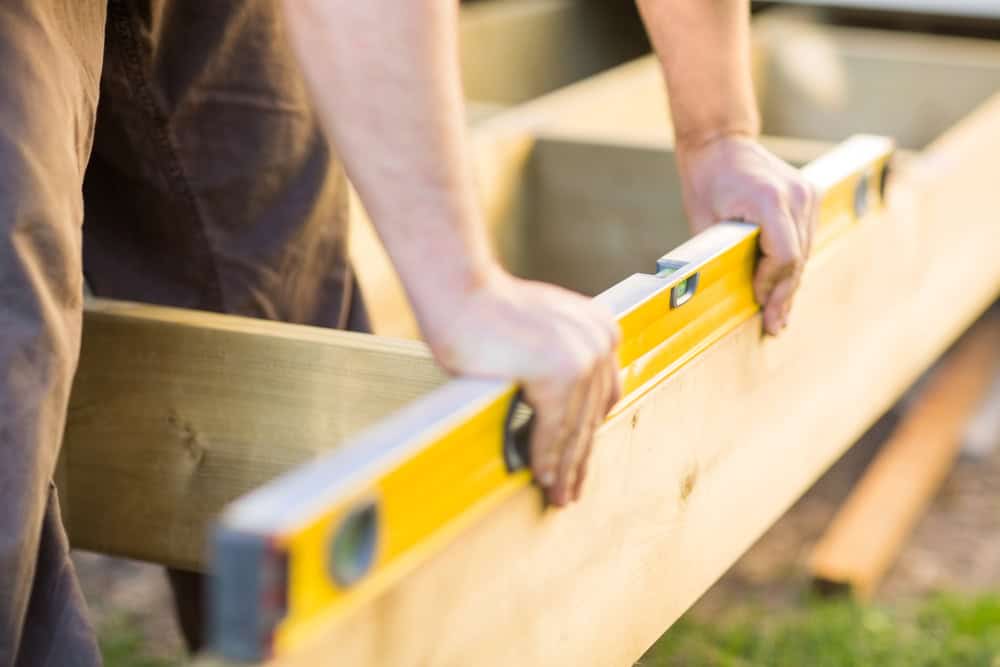Understanding "Plumb," "Level," and "Square" in Construction

When working on any building or carpentry project, it’s essential to check whether something is plumb, level, or square. These terms describe the orientation and relationship of surfaces, and ensuring accuracy in these areas is critical for doors that close properly, walls that stand straight, and floors that don’t slope.
What is Plumb?

Plumb refers to a vertical surface or line that is perfectly upright.
-
How to Test for Plumb:
- Use a level tool with a bubble vial. When placed against a surface, the bubble will center between the markings if the surface is plumb.
- Alternatively, use a plumb bob, which is a weight suspended on the end of a string. Gravity ensures that the string hangs perfectly vertical, allowing you to check if a wall or frame aligns with the plumb line.
-
Examples of Plumb Surfaces:
- A doorframe that is perpendicular to the ground.
- A foundation wall that is constructed perfectly vertical.
What is Level?

Level describes a horizontal surface or line that is perfectly flat.
-
How to Check for Level:
Use a level tool. When placed on a horizontal surface, the bubble will rest in the center of the vial’s markings if the surface is level. -
Examples of Level Surfaces:
- A properly installed floor.
- A countertop that isn’t sloping to one side.
What is Square?

Square refers to the angle where two surfaces meet at exactly 90 degrees.
-
How to Check for Square:
- Use a carpenter’s square for smaller areas, such as door frames or window frames. The square’s 90-degree edge will show whether two surfaces are aligned correctly.
- For larger areas, use the 3-4-5 triangle method:
- Measure 3 feet out along one surface, 4 feet along the other.
- When the diagonal distance between those two points is exactly 5 feet, the surfaces meet at a square angle.
-
Examples of Square Surfaces:
- Window or doorframes.
- The corner where two walls meet at a right angle
Another benefit is knowing if your house has any problems that could have been missed during construction. Your home inspector might find water infiltration, mold or mildew, or mineral deposits in your foundation and basement walls that were missed during construction. These discoveries can prevent you from wasting time and money later on down the line when these problems start showing up unexpectedly.
Why Do Plumb, Level, and Square Matter?

- Ensuring structures are level, plumb, and square maintains proper alignment and functionality:
- Windows and doors will open and close smoothly.
- Walls and floors will be stable and visual inconsistencies avoided.
- Fixtures and furniture will sit flat on level surfaces without wobbling.
| Term | Definition | Tools to Check | Real-World Example |
|---|---|---|---|
| Plumb | Perfectly vertical surface or line | Level tool, plumb bob | Straight doorframe |
| Level | Perfectly horizontal surface or line | Level tool | Flat countertop or floor |
| Square | Two surfaces meeting at a 90-degree angle | Carpenter’s square, 3-4-5 | Doorframe corner |
Professionals in construction and carpentry focus on plumb, level, and square to ensure structures are aligned, stable, and functional. These principles make your home sturdy—and your windows and doors easy to use!